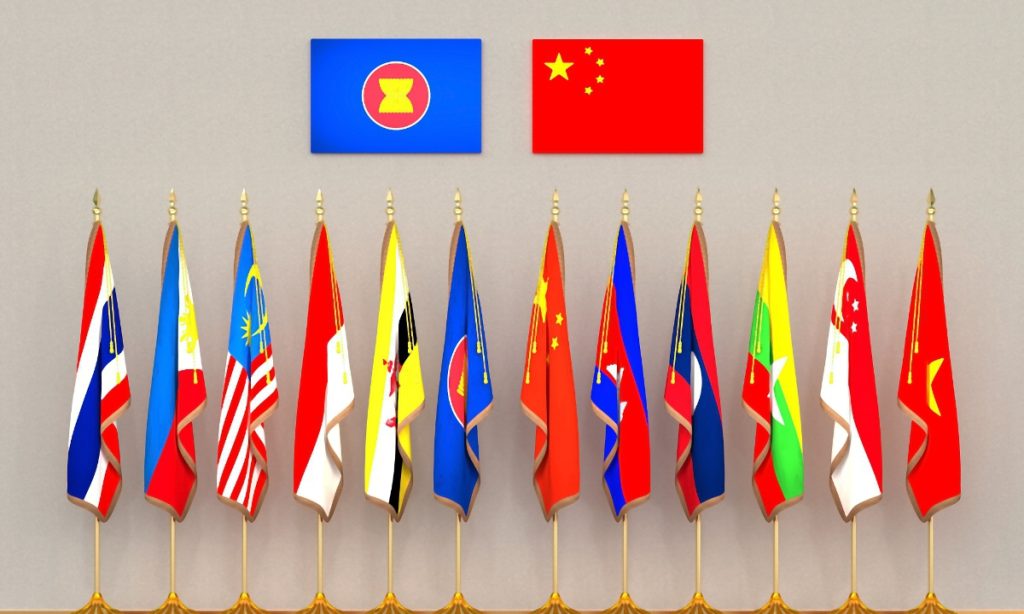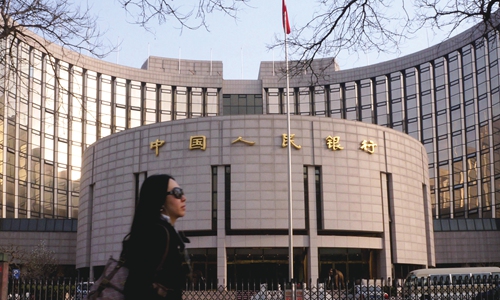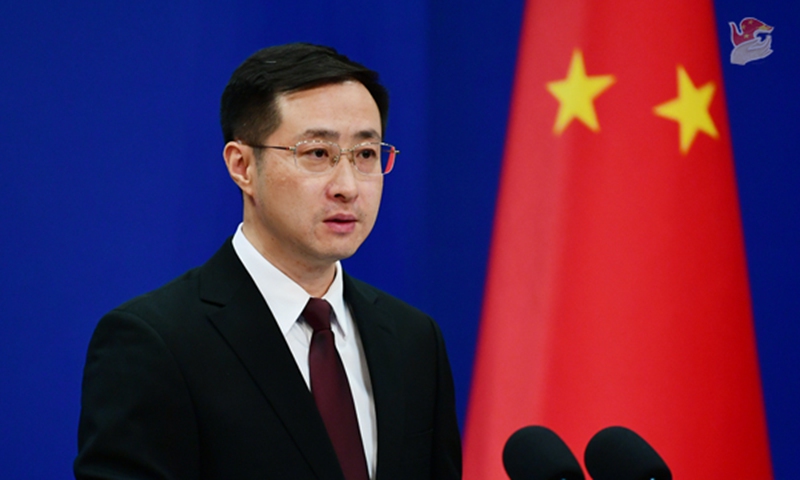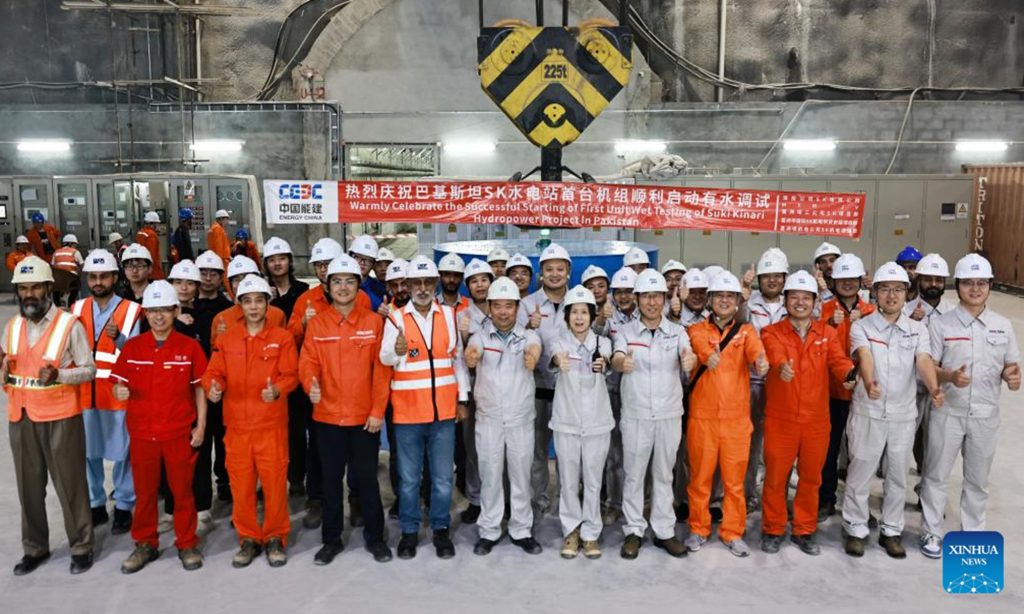China reiterates stance on South China Sea, urging US not to stir up trouble

During a series of meetings of foreign ministers of Southeast and East Asian countries in Vientiane, Laos, over the past few days, Chinese Foreign Minister Wang Yi reiterated China's consistent stance on the South China Sea issue. Judging from the latest joint communique issued by the ASEAN Foreign Ministers' Meeting, which emphasizes the importance of peace and stability in the South China Sea, the differences among ASEAN countries are gradually narrowing, and consensus is gradually expanding, experts said, noting that this is particularly evident in the shared belief that the situation should not be allowed to escalate in a way that would affect regional security and relations with China.
China also sent strong signals to the US regarding the South China Sea issue and the Indo-Pacific Strategy, urging it to stop inciting trouble, causing disturbances, and undermining maritime stability. The US-led Indo-Pacific Strategy exacerbates security dilemmas and runs counter to the long-term vision of peace and prosperity in the region.
Some experts believe the US intends to provoke a proxy war and incite a new Cold War in the Asia-Pacific region, particularly in the South China Sea. ASEAN countries should resist actions that disrupt regional peace and provoke bloc confrontations to ensure peace and stability in the region.
Solemn stance
There is a full historical and legal basis for China to uphold territorial sovereignty and maritime rights and interests in the South China Sea, Wang said in elaborating on China's solemn stance on the South China Sea issue on Saturday.
With a view of safeguarding neighborhood friendliness and regional cooperation, China signed the Declaration on the Conduct of Parties in the South China Sea (DOC) with ASEAN countries and has consistently and effectively implemented it, Wang said, adding that China insists on managing differences properly through dialogue and consultation with all parties involved.
Ren'ai Jiao is China's inherent territory. The Philippines unilaterally changed the status quo by grounding its warship illegally at Ren'ai Jiao, and even attempted to build it into a permanent outpost, which severely violated Article 5 of the DOC and reneged on its commitments made to the Chinese side, the Chinese official said.
Wang also called on the Philippines to honor its commitments, not to break its promises and not to make more trouble.
In a joint communique of the 57 ASEAN Foreign Ministers' Meeting released on Saturday, ASEAN countries reaffirmed the need to enhance mutual trust and confidence, exercise self-restraint in the conduct of activities that would complicate or escalate disputes and affect peace and stability of the South China Sea, avoiding actions that may further complicate the situation.
"It is evident that the South China Sea issue has become a major topic at the ASEAN Foreign Ministers' Meeting. The positions of various parties, which were previously quite divergent, are now increasingly converging. While not completely aligned, there are emerging consensuses between the different sides," Chen Xiangmiao, director of the World Navy Research Center at the National Institute for South China Sea Studies, told the Global Times on Sunday.
Chen said the consensuses mainly refer to the agreement that differences should be managed through dialogue.
On Saturday, the Philippines sent a civilian ship to deliver daily necessities to its warship grounded at Ren'ai Jiao in accordance with a provisional arrangement reached with China. The China Coast Guard (CCG) supervised the operation throughout, said Gan Yu, a spokesperson for the CCG.
China and the Philippines reached an understanding on managing the situation at Ren'ai Jiao, according to the Chinese Foreign Ministry on July 22.
"ASEAN countries have been quite concerned about the continuous escalation of frictions recently, as peace and stability are important to ASEAN. The provisional arrangement reached between China and the Philippines has allowed ASEAN to relax a bit," Ding Duo, a deputy director of the Institute of Maritime Law and Policy at the China Institute for South China Sea Studies, told the Global Times on Sunday.
The US factor behind the Philippines has always been prominent, but this time the ASEAN series of meetings have highlighted ASEAN's own unity, independence, and centrality, Ding said.
Although the South China Sea issue is indeed a significant concern for ASEAN, it is not the top priority among ASEAN's key focus areas. "ASEAN does not wish for this issue to divert the attention of member states, ASEAN, and external major powers," the expert said.
With the increasing tensions at sea, it is becoming more apparent that more ASEAN countries are realizing that handling the situation as the Philippines and Vietnam have done, particularly the Philippines, could increase their own pressure due to China's firm stance, Chen noted.
"If ASEAN were to become divided, different countries would pressure other ASEAN members, potentially changing ASEAN's stance on the issue. Now I believe the role of ASEAN in the South China Sea issue is gradually becoming more prominent again," he said.
Also, Wang met Philippine Foreign Secretary Enrique Manalo on Friday during the meetings, warning the Philippine side over the deployment of a US intermediate missile system and calling on the Philippines to fulfill its commitments and refrain from changing its position on Ren'ai Jiao.
Commenting on the Philippines' resupply mission to Ren'ai Jiao on Saturday, some experts considered it as certain consensus reached by China and the Philippines. China hopes that the purpose of the dialogue is to manage differences, while the Philippines aims to continue its unilateral actions, experts said, noting that although the objectives of both sides are different, there is still room for dialogue.
"Recently, we can see that the Philippines has at least adhered to some of its commitments. However, the question remains whether it will continue to do so in the future, and I have my doubts about this," Chen said.
Due to the recent tense maritime situation, the Philippines has recognized China's resolve and significant pressure, leading it to make some compromises, Chen noted. "I believe this is not necessarily the genuine intention of the Philippine government, but rather a result of pressure from China, forcing it to accept this situation."
The ASEAN Foreign Ministers' Meeting also indicates that the Philippines is currently undergoing some internal changes, but these changes will likely require further compromises among different political interest groups within the country.
Proxy war
Besides warning the Philippines side over the US intermediate missile system deployment, Wang also urged the US side not to take any more action to fan the flames, stir up trouble, or undermine maritime stability during his meeting with US Secretary of State Anthony Blinken on Saturday.
Meanwhile, at the foreign ministers' meeting of the 31st ASEAN Regional Forum (ARF) in Vientiane on Saturday, Wang said the US-led Indo-Pacific strategy exacerbates security dilemmas and runs counter to the vision of long-term peace and prosperity in the region.
The Chinese top diplomat also urged alert and opposition to intervention in the region by the NATO, which he said is bound to trigger confrontation and escalate tensions.
The US insists to believe that China is a country capable of and willing to challenge the "rules-based international order," with the South China Sea being a testing ground for this. Therefore, the US is unlikely to make significant adjustments in its involvement in the South China Sea issue, Ding noted.
"Currently, it hopes for chaos in the South China Sea but does not want this chaos to spiral out of control and ultimately backfire on the US. As a result, the strategy of using the South China Sea issue to sow discord and pressuring the Philippines to provoke China will continue," the expert said.
"Of course, ASEAN countries remain cautious and vigilant about this and see the situation clearly. China will not stand by in face of US' actions either," Ding added.








